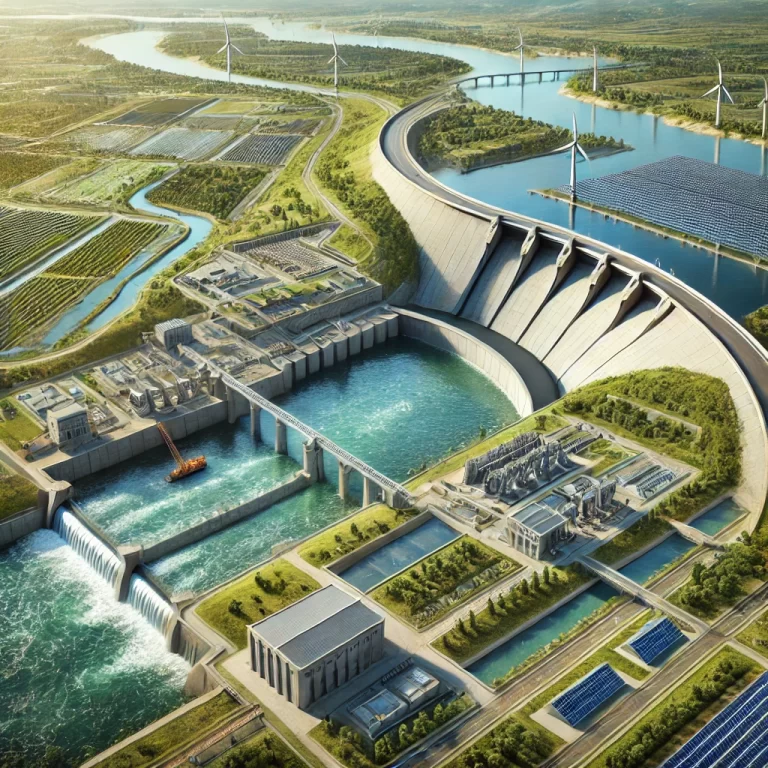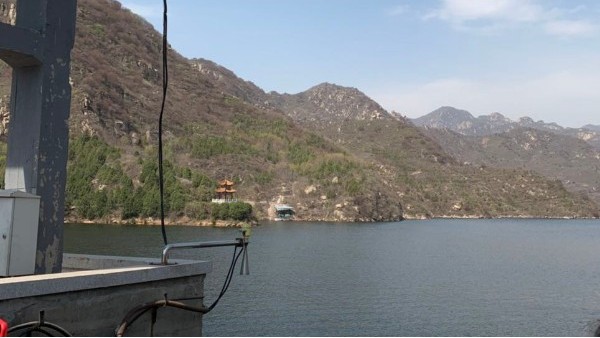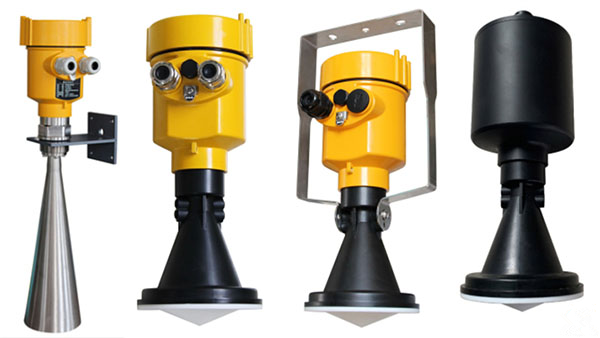In water resource management and energy allocation, pumped storage power stations play a crucial role. These facilities utilize electricity during off-peak periods to pump water from lower elevations to high-level reservoirs for storage, which is then released during peak periods to generate electricity, thus achieving the goal of peak shaving and valley filling.
In this process, accurate measurement of reservoir water levels is key to ensuring the efficient operation of the power station. Radar water level meters, as an advanced water level measurement technology, present a question worth exploring: Can they be effectively used for measuring reservoir levels in pumped storage power stations?

Radar water level meters are based on microwave radar technology, which measures water levels by emitting electromagnetic waves and receiving their echoes. Compared to traditional float, pressure, or ultrasonic water level meters, radar water level meters offer advantages such as non-contact measurement, high accuracy, and strong anti-interference capabilities. In the context of pumped storage power stations, we need to evaluate their suitability from multiple dimensions.
From a technical perspective, radar water level meters can operate stably under various climatic conditions, which is a significant advantage for pumped storage power stations located in mountainous or variable climate regions. Since radar water level meters do not rely on physical media within the water, they can still provide accurate measurements even when foam or light debris appears on the reservoir surface.
Additionally, their typical installation at higher positions reduces the risk of being washed away by floods, ensuring the safe and stable operation of the equipment.
Considering accuracy, radar water level meters can offer millimeter-level measurement precision, which is crucial for pumped storage power stations that require precise water level control to ensure both efficiency and safety in power generation. High-precision water level data can help optimize the operation strategies of the storage stations, thereby improving the utilization rate of water resources.

From an economic perspective, although the initial investment in radar water level meters is relatively high, their long-term stability and low maintenance costs result in a relatively low total cost of ownership. Particularly in harsh environments, the reliability of radar water level meters reduces the need for frequent equipment replacements, thereby saving on operation and maintenance costs for the power station.
Environmental adaptability is another significant advantage of radar water level meters. The reservoir environments of pumped storage power stations are complex and variable, yet radar water level meters are unaffected by natural factors such as temperature, humidity, rain, or snow.
They can continuously monitor water level changes 24/7, providing reliable data support for the power station’s dispatch and decision-making processes.

The technical characteristics of radar water level meters make them highly suitable for reservoir measurements in pumped storage power stations. Their non-contact measurement method, high accuracy, strong anti-interference capabilities, and excellent environmental adaptability make them an ideal tool for water level monitoring in such stations.
Although the initial investment may be higher, in the long run, radar water level meters offer clear advantages in improving operational efficiency and reducing maintenance costs, making them a water level measurement solution worth promoting.
